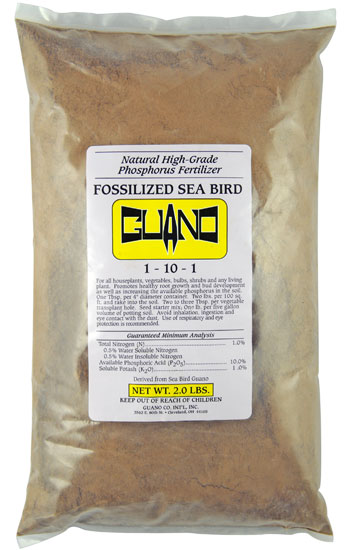 Earlier this summer, residents in Toledo, Ohio and southern Michigan were given the shocking news that their tap water was dangerous– ‘do not drink, do not touch, do not boil,’ is what they were told. Talk about scary! Some people had to drive into neighboring counties to find enough bottled water to support their family through the crisis. This wasn’t a gas shortage, or a snow shovel shortage before a storm, or a Nutella shortage— those are all annoyances– but this was a serious, serious situation these residents were facing. The water in Lake Erie, scientists told us, was poisoned due to phosphorus run-off which then caused algae blooms in the shallow parts of the water. Most of this comes from neighboring farms, but if you’ve got a yard, you also need to be aware of what’s in the fertilizer you’re using. When too much phosphorus gets into bodies of water, you get these toxic algae blooms. For the most part, on smaller lakes, that means you can’t go swimming there for a few days. But when it happens in larger bodies of water– like Lake Erie– it affects our supply of drinking water. When it comes to your yard, read labels. Scott’s got rid of phosphorus from their turf builder a couple years ago, but if you use things like Miracle Gro for your flowers and fruits and vegetables, you need to be aware that you’re putting phosphorus into the environment. Plants like turf grasses don’t flower or produce large fruit, so they absolutely do not need any (or VERY little) added phosphorus. When it comes to phosphorus pollution, going the organic route is no less safe than using chemicals. You need to use things like bone meal sparingly, and if you’re using a seabird or bat guano, make sure it’s a type that’s high in nitrogen, not phosphorus. Read the labels before you buy organic fertilizers. The nutrient analysis is displayed on the product label is NPK– or Nitrogen, Phosphorus, Potassium. If your plant doesn’t flower or produce fruit, avoid the fertilizers with lots of phosphorus– the middle number on the nutrient analysis should be as close to 0 as possible, and 4 should be about as high as you go. For instance, this seabird guano is high-phosphorus, so it’s nutrient analysis is 1-10-1– one percent nitrogen, 10 percent phosphorus and one percent potassium. Avoid this for the most part, and when you do use it, use it very sparingly and make sure you don’t get any on cement or near bodies of water (ponds, streams, creeks, lakes, etc). On the other hand, this bat guano has an analysis of 8-4-1, which means it has 60% less phosphorus than the seabird guano. You should still use it sparingly, and avoid spillage onto cement or water, but it’s not nearly as toxic to the environment as the seabird stuff. At Good Sweet Earth, our Worm Compost is largely phosphorus-free. Our Bold Tomato and Dulce Rosa do contain a little high-nitrogen bat guano, so these specialty mixes do have some phosphorus (to help with rose blooms and tomato production), but it’s only a small component of the mix. So when it comes to your yard, be mindful of what you apply to your lawn and garden– reduce the amount of phosphorus fertilizer you use on your garden plants (and be careful not to spill any on your driveway, sidewalk or pavers), and DO NOT apply any phosphorus to your lawn. Every little bit helps when it comes to keeping our drinking water safe. When it comes to large farms, you can call your state and federal legislators to urge them to pass legislation to require farmers to implement best-use practices. Farm lobbyists are fighting such legislation, even after this most-recent water scare in the Toledo area, which will allow them to continue putting their own profits over public and environmental safety. And we’re not talking small family farms here– these are the large corporate-owned farms that would rather do things cheaply than safely. Some cities and counties in Michigan are taking a closer look at the dangers of phosphorus to their waterways as well. Ottawa County has already banned the use of phosphorus fertilizers. Let your local leaders you’d like to see them follow suit. For more information on what you can do to fight phosphorus pollution, get in touch with us by shooting an email to [email protected].
0 Comments
|
